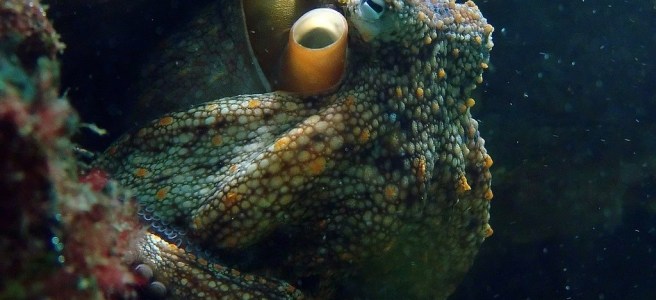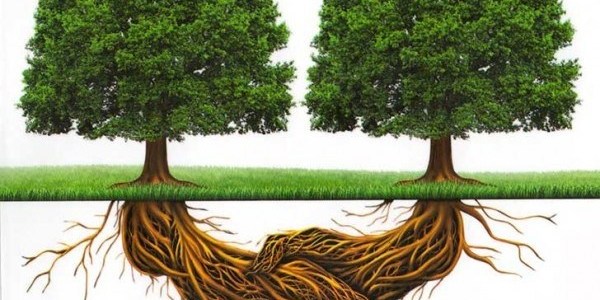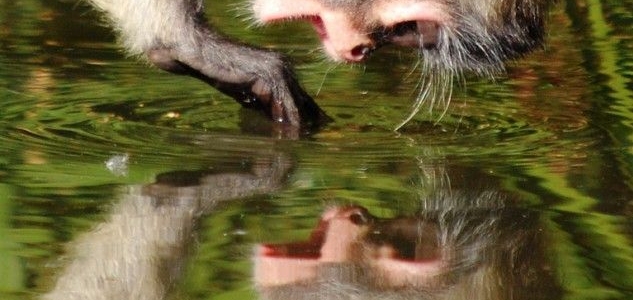Regular visitors here may have been puzzled or concerned about this site’s recent silence. Matters on the domestic and poetic fronts have been more pressing of late, and the recent unfolding of the myth of things seen in the sky hasn’t been very inspiring. Luis Elizondo, Chris Mellon, & Co. continue to embarass themselves with their wince-inducing ignorance of UFO history, and the recent kerfuffle around the Calvine photograph raises the same old dust, nor does Jeffrey Kripal’s newest book touch any nerves of mine (though that may change on closer scrutiny…).
But, then, as chance would have it, a perennially-irritating confusion comes again into view. Greg Bishop, the admin for the Radio Misterioso FB page, shared an article from The Guardian via George Knapp, “Talking to whales: can AI bridge the chasm between our consciousness and other animals?”, with the comment “If this group is successful in achieving communication with whales, it may be wonderful, or frightening, or both. It may also teach us how to look for signatures of nonhuman life by using insights to an alien species that shares the same planet with us.”
It’s that second sentence that caught my attention. At first, even the grammar had me flummoxed. I take Bishop to mean that the work of the groups mentioned in The Guardian article “may also teach us how to look for signatures of nonhuman life by applying its insights to an alien species that shares the same planet with us.” And there’s the rub: the thinking seemingly at work here about “nonhuman life” and that “alien species that shares the same planet with us.”
That alien species is, I surmise (given George Knapp’s being in on the conversation), the one that pilots what today are termed Unidentified Aerial Phenomena (UAP). These are almost invariably humanoid, not just morphologically, but, to some extent, culturally (and arguably socially), being technological, even if that technology transcends our present understanding. Even if UAP and alien-encounter events are staged (a la Vallée), that staging is still imagined to be carried out technologically. My point here is that this putative alien species (Mac Tonnies’ Crytpoterrestrials?) is only marginally nonhuman. Not only its form but its “form of life” (a la Wittgenstein: ‘a background common to humankind, “shared human behavior” which is “the system of reference by means of which we interpret an unknown language”’) are human, all-too-human.
One might justifiably ask by what warrant I venture to propose that these crypoterrestials might share a background of shared behaviour, a form of life close enough to that of some Homo Sapiens that would underwrite our more readily understanding these Others than those other, exoteric nonhuman species with which we cohabit the earth. What’s at work I argue in imagining that these terrestrial, alien species are both radically Other and technological is a conceptualization of technology that abstracts it from the social conditions of its actual coming-to-be. This impoverished notion of technology enables both its conflation with tool-use (so that even sharpened stones are “technology”) and its inflation to a kind of telos (essential goal) of intelligence that inspires fantasies about nonhuman, extraterrestrial, technologically-advanced civilizations, a hobby-horse (if not a bugbear) here at the Skunkworks. As I have explained (however cursorily) in an earlier post: “science and technology…are woven from the fabric of the society within which they appear and operate; they are cultural phenomena through and through.” Technology, thought concretely, is bound up with a form of life, such that, any other parahuman, technological species would already be close enough to technological Homo Sapiens that attempting to understand them would be more akin to that which occurs between different human groups than that between humans and other animals.
What’s at stake in these reflections is not so much the reality of these crypoterrestrial Others (attentive readers will have noticed nothing I have written denies outright their possible being) but how we understand and relate to those unquestionably real, nonhuman Others with whom we cohabit the earth. In seeing the promise for communicating with imagined creatures who mirror us in research into interspecies communication one oversells the strangeness of these putative Others and undersells the undeniable Otherness of really-existing animal (and plant) life. That more concerned parties are not struck by how much more alien actually-existing nonhuman life forms on earth are, compared to those “alien” beings that inhabit the ufological universe increasingly puzzles and saddens me. The fascination with crypto- or extraterrestrials betrays a narcissistic longing to encounter some version of ourselves instead of the unquestionable Otherness of our plant and animal kin whose profound difference provides a broader and deeper insight into the abyssal mystery of our creature-being.




